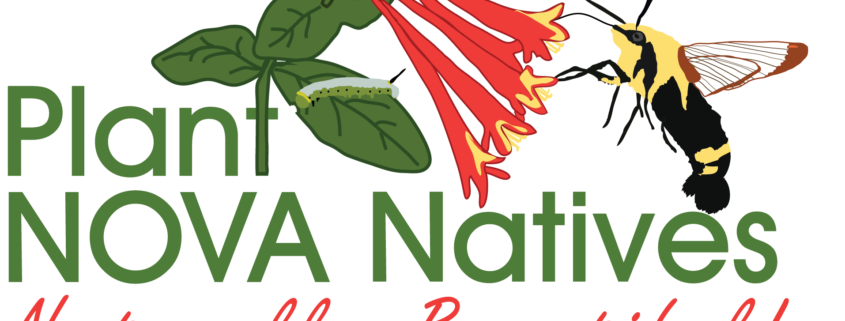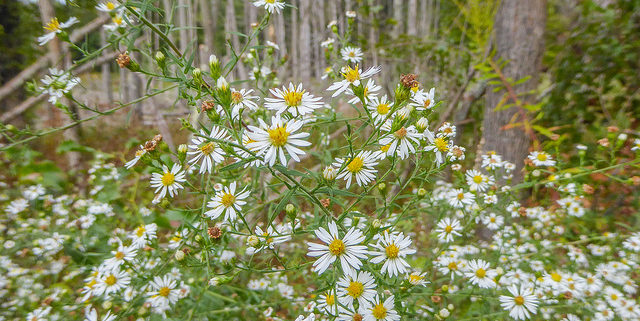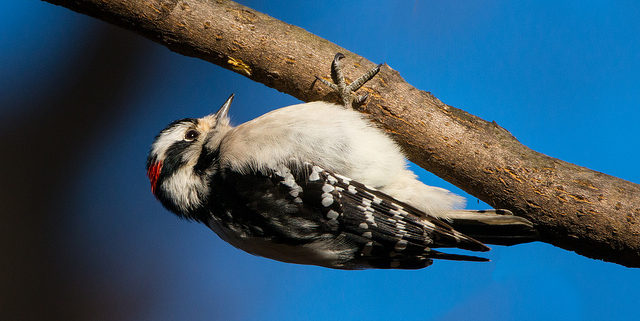Check out science communications workshops at AGU Fall Meeting
Photo: Barbara J. Saffir (c)
We all know that science matters, but sometimes it’s hard to figure out exactly how, and with whom, to share it.
Sharpen your ability to share research with the world. Join the American Geophysical Union science communication sessions to learn how to tell good stories, become a science advocate, and explain science to any audience.
All events are in the Science Communication: A Sharing Science Room (Convention Center, 203 A/B) unless otherwise noted.
For high school teachers and students, registration is free
Sunday, 10 December
Communicating Science With Any Audience: Workshop at AGU18
Science Storytelling in Multimedia: Workshop at AGU18
Monday, 11 December
Sketch Your Science
How to Sketch (Your) Science
Luncheon: How to Become a Congressional Science Fellow or Mass Media Fellow
Sharing Science Mentoring Meet-up
Blogging and Social Media Forum 101
Blogging and Social Media Forum 201
Tuesday, 12 December
Sketch Your Science
ED21B: The Up-Goer Five Challenge: Tell Us About the Hard Things You Do in Ten Hundred Words I
Everything You’ve Always Wanted to Know about Science-Art-Sustainability Collaborations (but were afraid to ask…)
Rhyme Your Research: Workshop
Sharing Science in Plain English (Panel & Lunch)
ED23B: The Up-Goer Five Challenge: Tell Us About the Hard Things You Do in Ten Hundred Words II
Live Third Pod from the Sun podcast recording with photographer James Balog
Dialogue with Religious Publics (AAAS DOSER event)
Open Mic Night
Wednesday, 13 December
Sketch Your Science
Communicating Your Science: Ask the Experts
Sprint workshop: SciComm via Multimedia
Film Making Crash Course
Thursday, 14 December
Sketch Your Science
Sustainable Futures: Short Films About Science
Tell me a story: Storytelling in SciComm
Voices for Science Panel
Sharing Science Mentoring Meetup
When Is Science Newsworthy?
Film Screening & Panel Q&A — Summiting the Solar System: Pluto & Beyond
(Science) Podcasting 101
AGU Story Collider
Friday, 15 December
Sketch Your Science
Summiting the Solar System: Pluto & Beyond: Film Screening


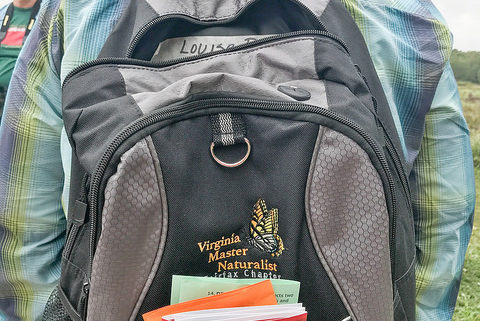
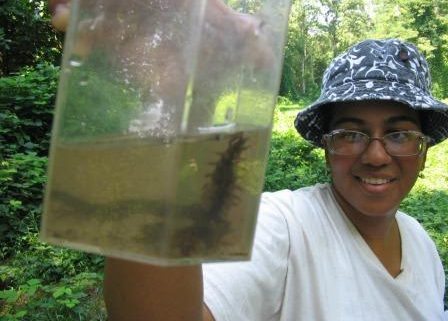
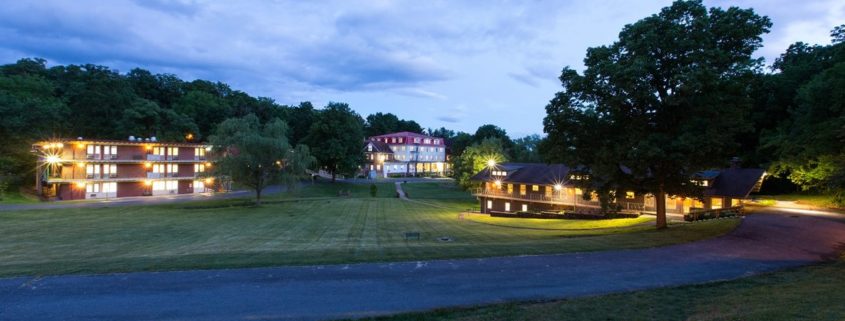
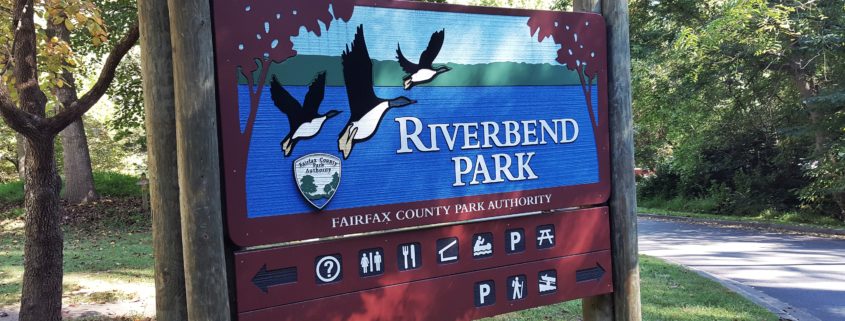
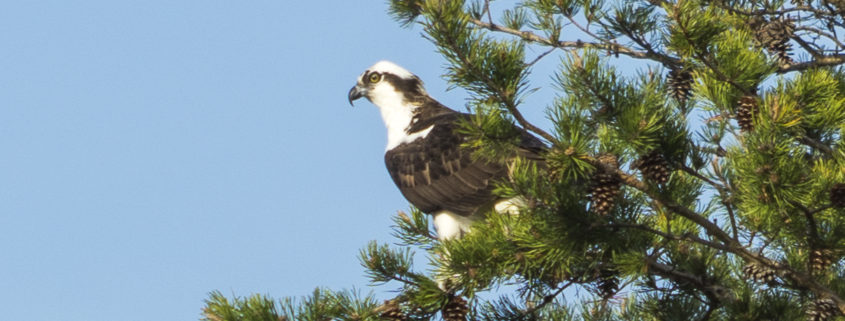

 Please
Please 